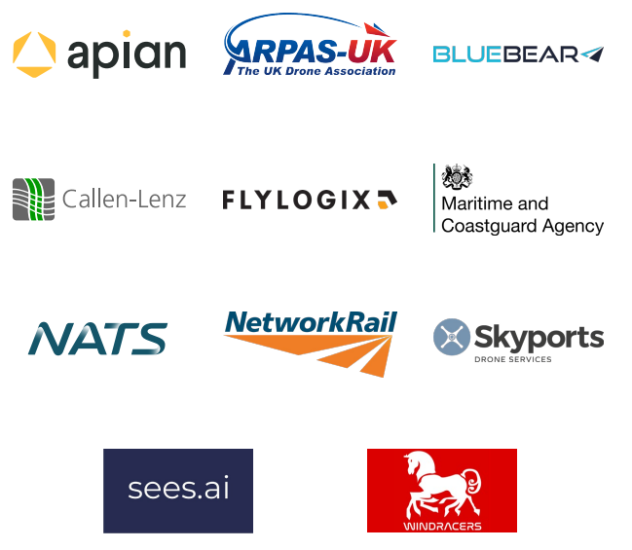The UK BVLOS Operations Forum has published a white paper entitled: South of the Cloud: A roadmap to the next generation of uncrewed aviation. The white paper outlines the imperative of beyond visual line of sight (BVLOS) operations, and recommends the way forward to achieve routine, scalable BVLOS operations, integrated with other traffic, making uncrewed aircraft a safe and effective option in the aeronautical toolbox.
The BVLOS Operations Forum includes 15 leading organisations in developing or operating beyond-visual-line-of-sight drone operations.
The white paper focuses on macro-level requirements for operational requirements of multiple operators and provides direction for ministerial decisions and policy making.
Policy recommendations
The BVLOS Operations Forum has developed the following four recommendations for the Government and the Regulator to help the UK achieve its vision of safely integrating new types of aircraft without causing undue disruption to existing airspace users; and creating a sustainable, modernised, and integrated future for UK airspace:
- Regulatory framework
A UK regulatory framework that enables routine BVLOS operations, and that includes the definition of new services, roles and responsibilities.
- Airspace integration
An airspace integration roadmap that sets out the Government’s desired end-state for how airspace integration is to be achieved, and the transitionary steps required to get there.
- Funding mechanism
An agreed funding mechanism for new services, and clarity on the funding model proposed from the regulator.
- Electronic conspicuity
Adopt electronic conspicuity by 2025, strengthening the principle of ‘see and avoid’ by adding the ability to ‘detect and be detected’ for both crewed and uncrewed aircraft.
Conclusions
The 4 policy recommendations put forward in the paper are not a ‘silver bullet’ solution that will completely solve the challenge of integrating BVLOS operations. But they are a start, and with the pace of innovation already racing ahead of the current regulatory picture, it’s a start that is needed now if we are to capitalise on the drone opportunity. The list of benefits that BVLOS can bring could fill a paper of its own. Members of the BVLOS Operations Forum are already working on ways to deliver cancer treatments, organs, and vital medical supplies to patients in remote areas; improving the rail network and reducing delays to passengers by using drones to inspect hard to reach areas of track; conducting environmental monitoring, both on and offshore, and replacing polluting vehicles with more sustainable ones to support net zero ambitions; saving lives at sea in HM Coastguard rescue missions; the list of remarkable work already happening goes on. With reduced emissions, reduced cost, and improved safety, uncrewed aircraft can achieve extraordinary things that all of us, in all parts of the UK, will benefit from, and BVLOS is the key to unlocking that full potential. The recommendations made by the BVLOS Operations Forum in this paper, if adopted and acted upon, will be a giant leap forward in that journey.
▶ A regulatory framework that includes clarity on future services, roles and responsibilities, and clear regulations specific to uncrewed flight.
▶ An airspace integration roadmap that sets out the Government’s desired end-state for how airspace integration is to be achieved, and the transitionary steps required to get there.
▶ An agreed funding mechanism for new services, and clarity on the funding model proposed, to enable the investment required for further progress and the development of the infrastructures and services that will be needed for UAS integration.
▶ Adopt electronic conspicuity by 2025, strengthening the principle of ‘see and avoid’ by adding the ability to ‘detect and be detected’ for both crewed and uncrewed aircraft.
For more information:




